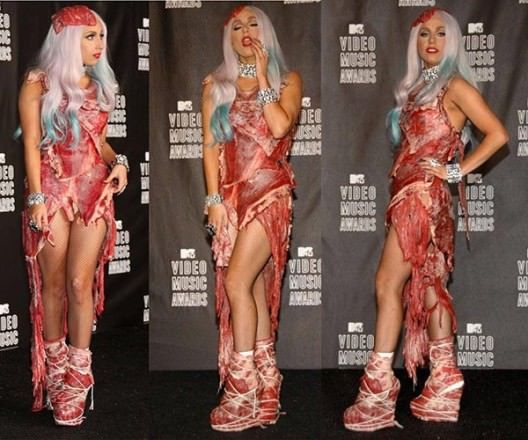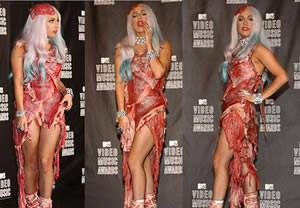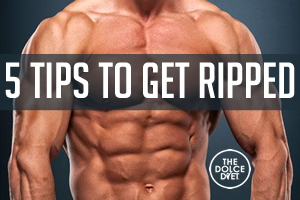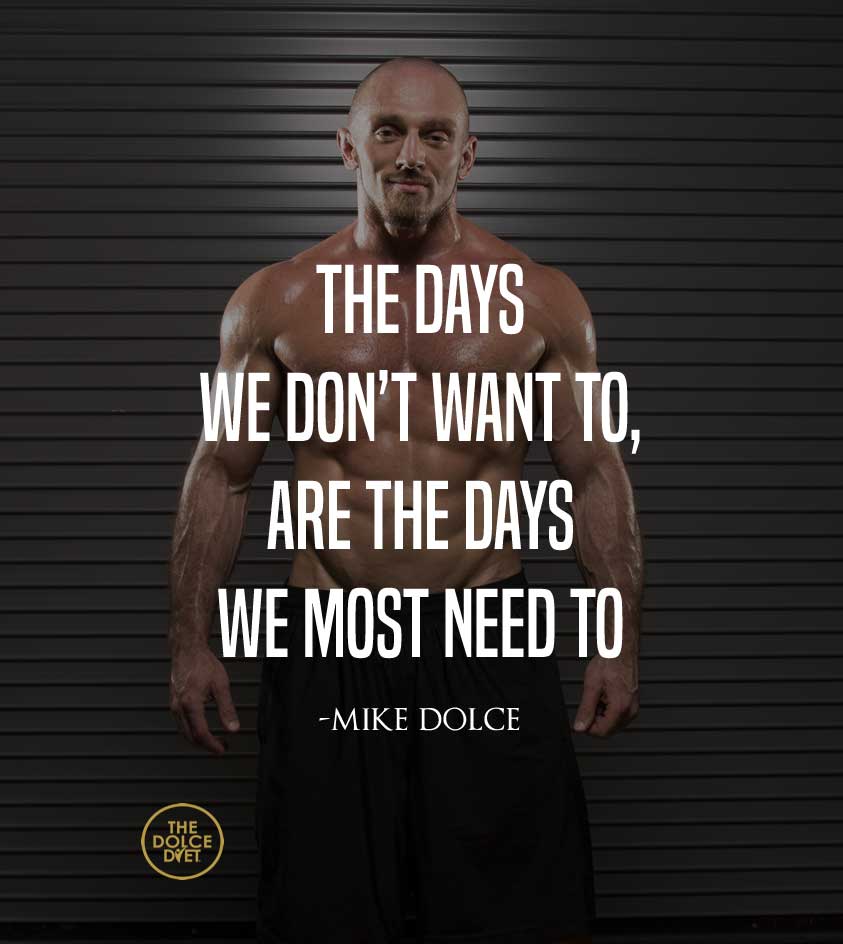Is it a Weight Cut or Weight Loss? What’s the Difference?
by Mike Dolce

I recently received a message from a person who is overweight by 100 lbs. and is looking to make “a weight cut” – of 100 lbs. Let’s be clear. This is not a weight cut. This is weight loss.
The increased popularity of Mixed Martial Arts has the words “weight cut” falling off people’s lips like it’s a trend. In fact, the weight-cut process walks a very precise, often dangerous line between what is healthy and what is hapless, and should not be taken lightly – pun definitely intended!
I define a weight cut as a temporary reduction of the body’s water volume. Keyword here? TEMPORARY!
A weight cut is something an athlete does for a weight-class delineated competition. This athlete is typically already at a healthy bodyweight with an ideal ratio of lean mass to bodyfat while training for his or her competition.
Weight loss, is something most people pursue in an effort to become healthier, leaner and to create the ability to live a more vibrant, fuller life. Weight loss focuses on the elimination of non-functional weight – the weight that is bogging you down and getting you nowhere! It interferes with our function as a healthy and thriving individual.
Functional Vs. Non-Functional Weight
If you weigh 195 lbs. at 20 percent body fat you have 39 lbs. of body fat and 156 lbs. of muscle, bones, skin and organs, or functional weight.
At 20 percent body fat you have no idea what your abs look like and are at a high risk factor for heart disease, diabetes and early death.
Now, if you weigh 195 lbs. at 10 percent body fat, you look absolutely amazing. You only have 19.5 lbs. of nonfunctional fat, most of which is insulation from the environment, protects your joints and ligaments and serves as readily usable energy. You also have 175.5 lbs. of functional bodyweight, which is quite a lot compared to the chubbier version of yourself.
How different is 20 lbs. of muscle? I like to tell people to picture a 16 oz. steak sitting on your dinner plate. Now multiply that by 20 and stick them all over your body like Lady Gaga’s meat dress. Yes, 20 lbs. of lean muscle is quite substantial.
What does 20 lbs. of body fat look like? A great visual would be to fill up two entire gallon milk jugs of butter and cottage cheese, plus another two liter soda bottle of the same and pour it in a backpack, or better yet a REALLY BIG fanny pack sloshing around your hips! How would it feel slugging around that load of lard???
For the average man, we should maintain body-fat levels at approximately 10 percent. I don’t care if you are happy being 12 percent or you say, “I’m too old to be lower than 15 percent,” – that is your preference. You can drive around in a ’89 Honda Accord with low miles, but have you seen that new Cadillac CTS Coupe?!
Professional athletes should be around 7 percent for competition purposes. With my athletes, I make sure they are at 7 percent body fat three weeks before competition so we can increase their calories as competition nears. In essence, we feed them onto the scale.
The last couple pounds, (or dozen pounds depending on the athlete), is simply a matter of adjusting electrolytes, stimulating their metabolism and managing their digestive environment. A much simpler way of putting this is to feed them familiar, nutrient dense, easy to absorb foods, at even intervals, but not so much to slow digestion, in fact, just enough to speed it up.
Ladies, you should aim for 20 percent body fat as your daily walk around weight and closer to 16 percent for most higher levels of athletics.
This means the average 130 lb. woman at 20 percent body fat would hold 26 lbs. of non-functional body fat and 104 lbs. of functional lean mass weight.
That same female, if she were a competitive athlete, would best be suited in the vicinity of 16 percent body fat, would carry 20.8 lbs. of non-functional body fat and 109.2 lbs. of functional lean mass weight.
What does all this mean for the average individual?
It means, do you really want to look your best or are you going to be happy with just looking a little better, which is fine but it is well below your potential.
Let’s face it, life is much more enjoyable with your clothes off! Before you drag this article into the gutter, I’m referring to the confidence you feel when you walk into a room with a tight waistline hidden behind your little black dress or form-fitting suit.
Who doesn’t want to be the first one in the pool with zero reservations about pulling off your shirt?

Why wouldn’t you want to keep the lights on when you are, umm, getting undressed?
The point is, aim for your best, enjoy where you are but always strive to do better.
Take it from me. I used to weigh 280 lbs. while training as a power lifter. This was my choice, and even though my ego was constantly gratified with bigger numbers on the barbell and trophies on my mantle, I hated the feeling of my belly sitting on my belt as I drove in my truck.
Once I decided to change my goals and purse a longevity-based lifestyle, I immediately began to love myself. I had enormous energy, a much improved sense of self and also the confidence of setting a goal and seeing it all the way through to the end.
Above, is a picture of the new me at 195 lbs. at 5 percent body fat, and the old me who once weighed 280 lbs. at 22 percent body fat!
Many of us, myself included, must be focused on fat loss and functional bodyweight. Not “cutting weight.”
If you’re beginning your weight-loss journey and would like more information about my methods, please check out The Dolce Diet: LIVING LEAN, available in paperback and eBook at Amazon, Amazon UK, iTunes, Barnes & Noble and The Book Depository.





